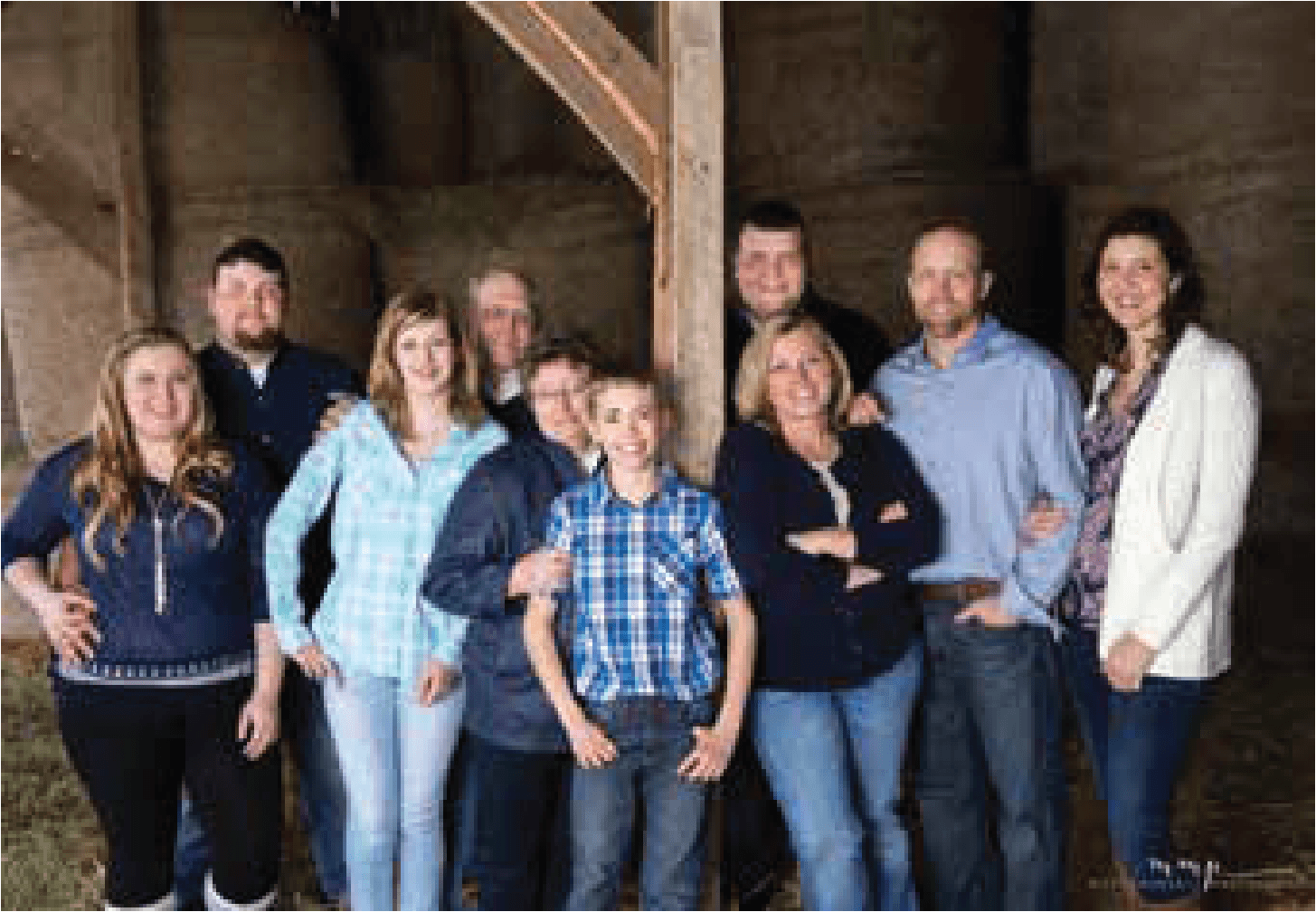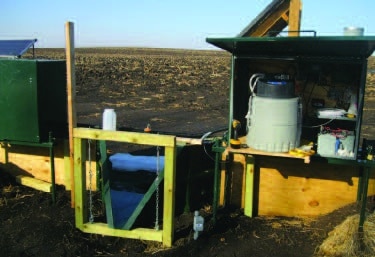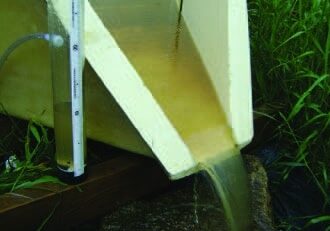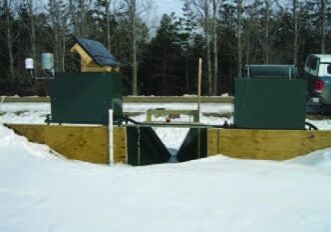Farmers Taking Care of Natural Resources
Our actions make an impact on the world around us. Our natural resources like water, soil, and air are vitally important, and we need to take care of them! Many farmers are continually learning more about ways to keep our natural resources in good shape so they can provide us with the agricultural products we need and use every day.
In Minnesota, there are programs that help farms do research to learn how to protect and conserve their natural resources. Both Discovery Farms and the Conservation Stewardship Project are programs that help farmers protect the land.
Little Timber Farms
Soil and Habitat Conservation
Little Timber Farms, owned and operated by the Nord and Gray family, raises cattle in Beltrami County, near Blackduck. They are a part of the Conservation Stewardship Project. They work to make their farmland healthier by using rotational grazing. This means that rather than cattle eating grass in the same field all the time, they move the cattle from place to place, giving the soil time to rest and replenish its nutrients. Then the soil will grow better-quality grass that is more nutritious for the cattle.


Cattle drink fresh water from tanks in each rotational grazing area instead of using streams, rivers, or ponds. This helps the rivers and streams stay clean, and the cattle be healthier.
The farmers also plant many pollinator plants to attract bees and butterflies that are beneficial to farms. Little Timber Farms works with the Natural Resources Conservation Service (NRCS). The NRCS sends technicians to the farm to help farm families learn what can be done to improve things like water quality, animal habitat, pollinator plots, and even help with soil problems. Some of the things they have farmers do include planting trees for windbreaks, making sure fences are marked with special noisy reflectors so animals can see them, and even creating areas for ducks and geese. “Farmers are concerned about making sure their farm is there for generations to come, and having a well-thought-out conservation plan makes that possible,” said Rachel Gray, Little Timber Farms.
Photos courtesy of Little Timber Farms
Minimize Your Impact
We’ve learned that farmers are working hard to take care of their natural resources, like conserving water and protecting soil. What are some resources you use in your life? How can you make sure to take care of them?
Trost Farm
Soil and Water Conservation
The Trost Farm is a Discovery Farm in Redwood County, near Wabasso. The Trost family grows corn and soybeans on their farm. They have a weather station and water monitoring station called a flume that they’ve placed on the edge of one of their crop fields to test water quality and monitor runoff. Weather station equipment measures precipitation, air temperature, relative humidity, soil temperature, and the water content of the soil.

Water runoff occurs when there is an abundance of rain, and the land cannot absorb all the water fast enough, so any extra runs off the field. The runoff is measured as it is directed through the flume and sampled for sediment and nutrients. After several years measuring and examining the runoff at the Trost Farm, they’re learning that by decreasing the tillage (plowing) of their fields and adding cover crops like rye in with their corn and soybeans, they are lowering the nutrient and soil loss. The Trost family’s constant evaluation and conversations with experts has allowed them to reduce soil losses, and improve water quality.
Photos courtesy of Discovery Farms Minnesota
Think and Discuss
- How are soil and water being conserved at both these farms?
- What happens if runoff is not controlled?
- Why is it important to conserve soil and water?



